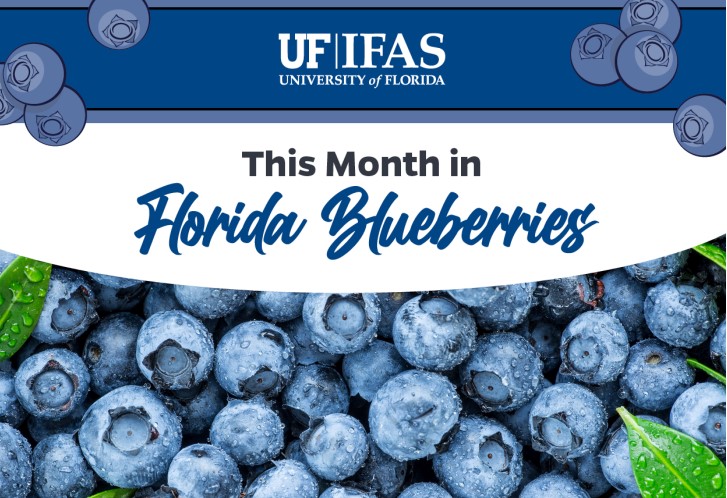Blueberry Management
The table below lists suggested blueberry management items for December. Suggested management items for the entire calendar year are available in an EDIS publication, Calendar for Southern Highbush Blueberry Management in Florida (https://edis.ifas.u.edu/publication/HS1363). Specic disease, insect, and weed controls are listed in the 2024 Florida Blueberry IPM Guide (https://edis.ifas.u.edu/publication/HS380), as well as in subject-specic publications referenced below. Also, a list of all UF EDIS blueberry publications can be found at www.blueberrybreeding.com/blog, along with a summary description and link to each. Remember to take a look at the UF/IFAS Blueberry Growers Guide phone app (available in both English and Spanish) for eld scouting tools, as well as information on all of the UF southern highbush blueberry cultivars (https://tosto.re/blueberryuf).







